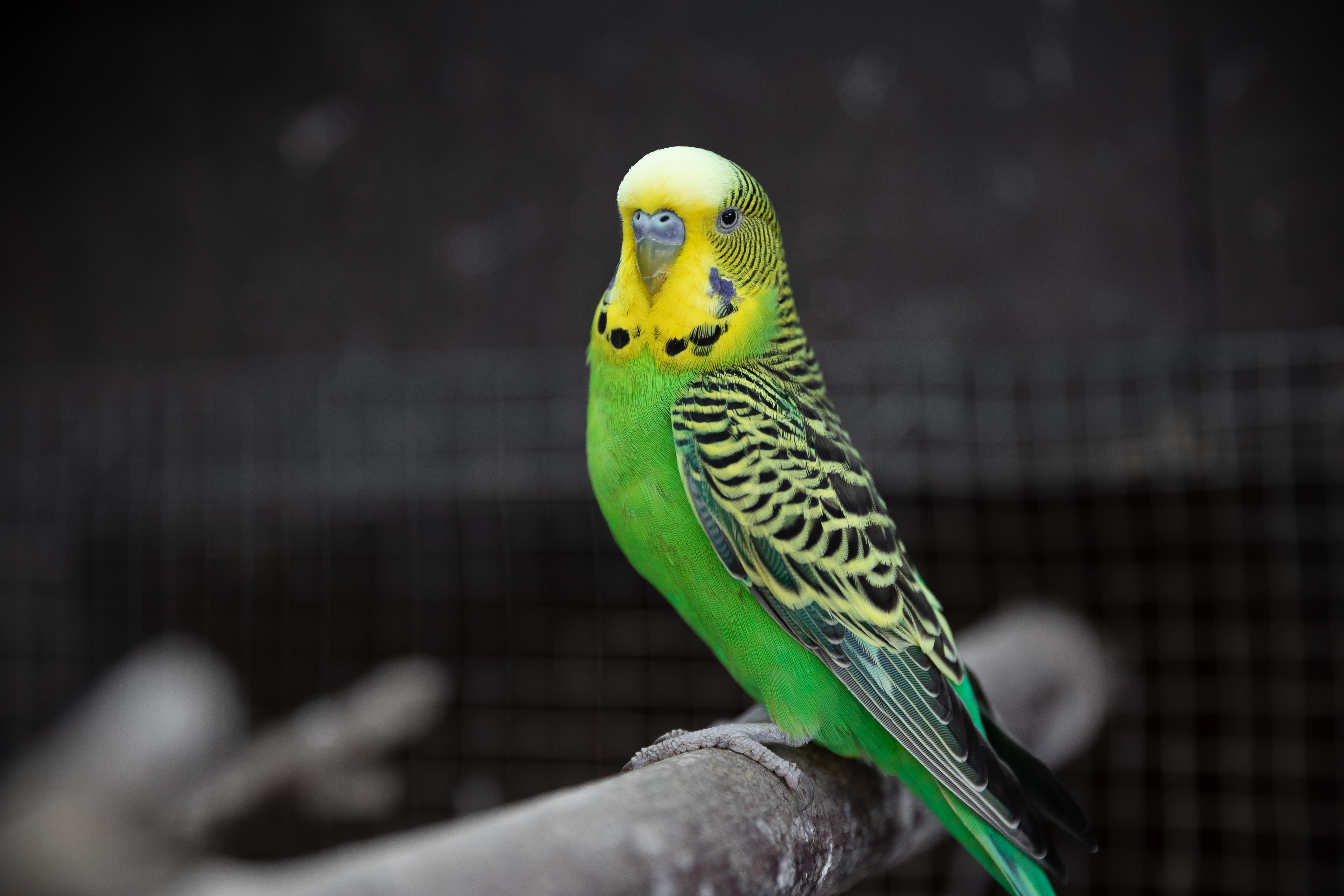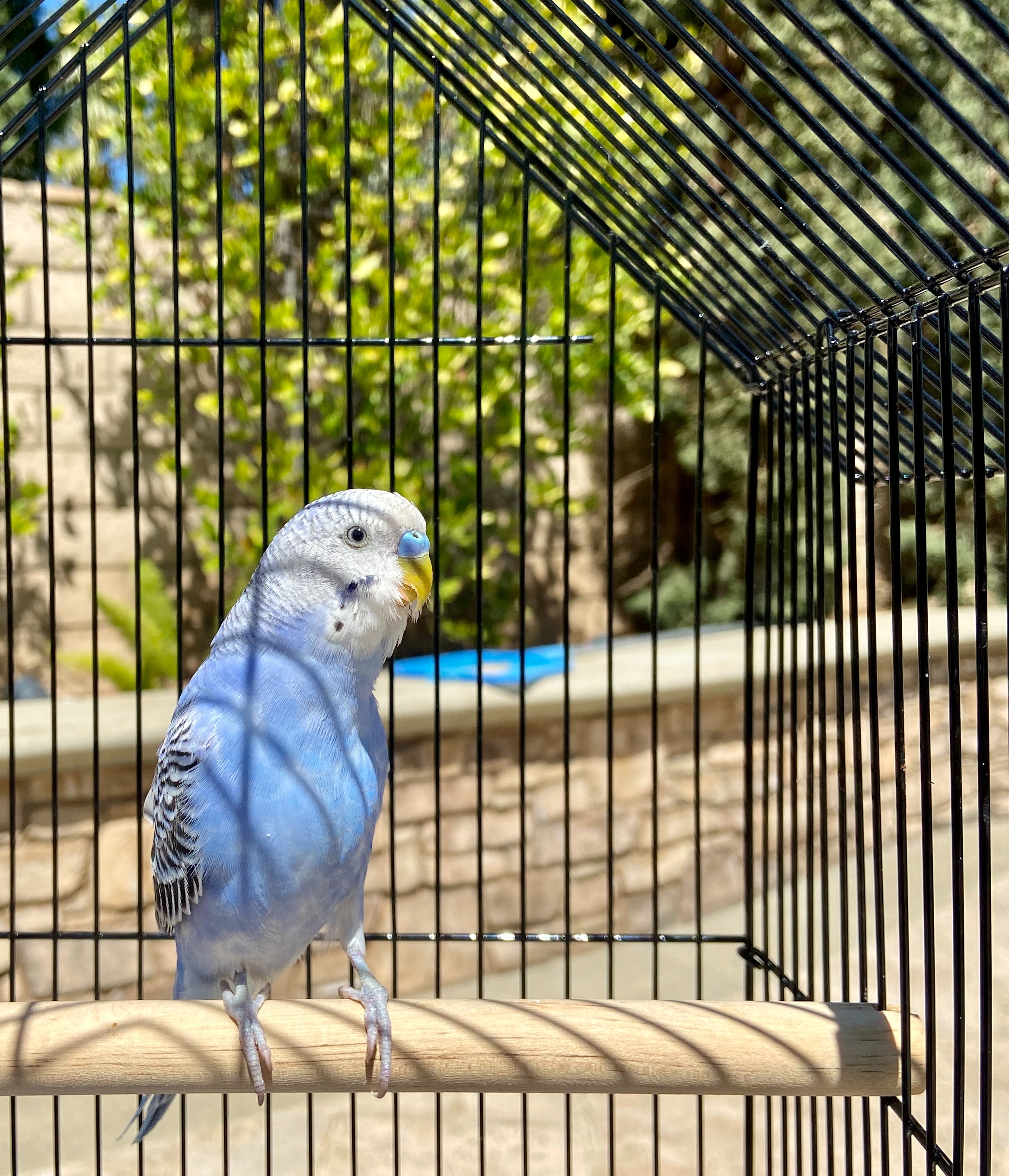Posted on 08 Jul 2022 in Nutrition, Pet Care, Pocket Pets, Birds
My Pet Bird
My Pet Bird
Nutrition
The number one problem that we see is people feeding their parrots an all seed diet. Eating solely seed is the equivalent to us eating junk food as our staple diet - it tastes good however is high in fat and low in just about everything else. Most seeds are very low in vitamins (including vitamins A and D that are very important) and minerals (including Calcium and other crucial components). Birds that are converted to a well-balanced healthy diet generally live longer, have brighter plumage and higher activity levels
Dietary needs vary greatly from species to species and for this reason the following is a very general recommendation for most commonly kept parrot species, except lorikeets and other nectar-feeding species. From current studies and information available we generally recommend a combination of the following:
•40-70% premium commercial pellet appropriate to your species of parrot
•20-35% vegetables (recommended vegetables include: capsicum, broccoli, chilli, corn, carrot, zucchini, squash, spinach, pumpkin, sweet potato, beans and peas) and sprouted seed
•7-15% fruits (ie melons, strawberries, banana, blue berries, grapes, peaches, pear, apple) and native vegetation (most Australian blossoms, gum nuts and plants are okay to feed – ensure these are free of wild bird droppings/contact). Please ensure that all stone fruits and apples are free of their seeds.
•10-15% quality commercial seed mix appropriate to your species of parrot.
•1-2% snacks for training and as treats (unsalted nuts (ie macadamia, cashew and walnut), pasta, eggs and brown rice).
There are some foods that should NEVER be fed to your parrot. These include (but are not limited to) the following:
Avocado, Chocolate, Any beverages containing caffeine or alcohol, Onion, garlic or rhubarb.
Cage Set Up
Size
The bigger the better! There is no such thing as a cage ‘too big’ as long as the bar spacing is appropriate (your bird should not be able to fit their head between the bars). Ideally your bird should be able to climb around and explore and fly from one end of the cage to the other.
Perches
Correct perches are essential for your bird’s feet to remain healthy and help keep nails blunt. Rough-barked native branches are ideal perches and should be wide enough that your birds feed only wrap around halfway around the perch. Dowel or sandpaper perches are never appropriate. Perches should be seen as disposable and new ones provided once they’ve been chewed on.
Toys
Mental stimulation is key to happy bird. There are multiple categories – foraging toys, destructible toys, noise makers and toys on which they can climb or swing. Forage toys are our favourites – anything food can be hidden, this will keep them engaged and entertained for hours.
Materials
Many metals are highly toxic to birds when chewed or licked. Stainless steel is the safest option and all toys or hardware used in cage should contain only stainless-steel parts only. Unfortunately, many bird toys are still made and sold with toxic parts so be cautious to always check. Also be aware of fabric toys such as ropes which can be ingested and cause gut blockages in pet birds.
Cage Location
It is essential for birds to get 12 hours of uninterrupted sleep, so your birds cage should be well away from the TV or anywhere that people may be talking after dark. Simply covering your birds cage is often not enough. Next to a window is ideal so birds can benefit from natural sunlight and a breeze as well as watching the world go by. Most birds enjoy having the radio on throughout the day and may even learn some new words this way.
Veterinary Care
Regular check-ups every 6-12 months are important, as birds are very good at hiding any illnesses that they have. These check-ups allow problems to be detected early before they worsen.
photos from unsplash dot com



